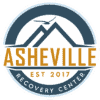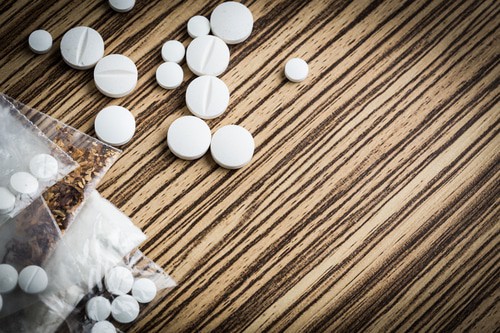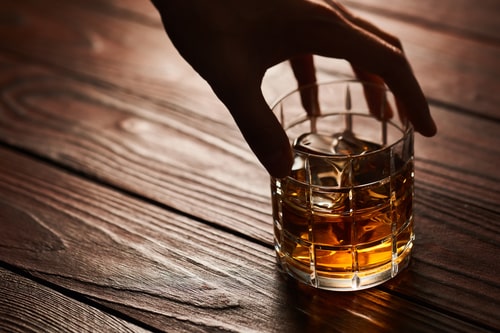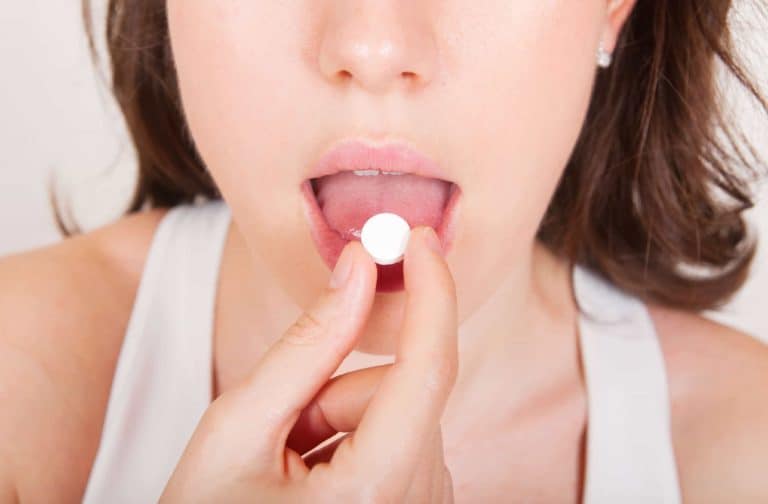Polysubstance abuse is the use of more than one substance at the same time. When people combine two or more substances, the effects of those substances are magnified. The risk of taking two or more substances simultaneously is higher than if each substance were taken individually. But, Polysubstance abuse is not limited to drug and alcohol abuse. Many individuals abuse prescription drugs and even over-the-counter medications. Many different substances can be combined to create ‘polysubstance abuse’. The most common are listed below.
Alcohol and Drugs
The classic example of polysubstance abuse is combining alcohol and drugs. Mixing the two substances creates a dangerous combination. Alcohol depresses the central nervous system and slows down the body’s natural processes, while drugs speed up the central nervous system and amplify its effects. Mixing alcohol with other substances can be deadly. The most common combinations are with benzodiazepines, opiates, cannabis, and cocaine.
Drugs like benzodiazepines are depressants that slow down the central nervous system; when combined with alcohol, this combination can cause respiratory depression and significantly lower heart rate to a dangerous level. Opiates are another category of drug that slows down breathing; when combined with alcohol, it becomes much more difficult to breathe because they both slow down respiration.
Cannabis has been shown to increase heart rate, even in low doses; when combined with alcohol it is quite possible for someone to have an increased heart rate or even cardiac arrest due to high blood pressure or increased anxiety. Cocaine is also a stimulant that increases heart rates; when combined with alcohol it could lead to a spike in blood pressure so high that it leads to stroke or heart attack.
Marijuana and Opioid Abuse
Marijuana is the most commonly used drug in the country. It’s found in nearly half of all households, and one-third of adults have admitted to smoking marijuana in their lifetime. Marijuana is often combined with opioids like heroin, oxycodone, and hydrocodone to intensify the high. The combination makes users feel more intoxicated than they might have felt if they had only taken one drug or the other.
Other Polysubstance Abuse
- Alcohol and stimulants: Stimulants such as cocaine, methamphetamine, or amphetamine will increase the effects of alcohol when combined.
- Alcohol and depressants: When combined with depressant substances, like benzodiazepines (like Xanax), alcohol can lead to an overdose.
- Marijuana and LSD: Combining these two drugs will result in an increased risk for a bad reaction.
- Opioids and benzodiazepines: Combining these drugs can lead to severe respiratory depression.
Common Signs of Polysubstance Abuse
There are several telltale signs of polysubstance abuse. Those with a substance abuse problem will often have sudden changes in their behaviors or moods. Substance abusers may also display physical changes, such as slurred speech, unusual eye movements, or impaired coordination. Someone who is experiencing polysubstance abuse might have problems with short-term memory and difficulty concentrating on things that would normally be easy to do.
Many people who suffer from polysubstance abuse also experience withdrawal symptoms when they stop using the substances they are abusing. The symptoms can be severe, which is why it is important to seek help for substance abuse issues before they cause serious problems.
Polysubstance Abuse & Its Effect On Mental Health
Polysubstance abuse severely impacts mental health and can lead to the development or worsening of conditions like anxiety and depression. It can also be a way for people with pre-existing mental health issues to cope, leading to a cycle of substance abuse and worsened mental health.
It is also worth noting that polysubstance abuse can make it more difficult to diagnose and treat mental health conditions. The presence of multiple substances can complicate the assessment process and may require specialized treatment approaches that address both substance abuse and mental health issues.
How Does Polysubstance Abuse Affect A Person’s Life?
Consuming multiple drugs at the same time can lead to serious physical and mental health issues, social and financial problems, legal issues, and an increased risk of overdose. It can have a significant impact on a person’s life, including strained relationships, loss of opportunities, and isolation. Seeking professional help is crucial.
Treating Polysubstance Abuse
When it comes to treating polysubstance abuse, the most important thing a person can do is quit. Without quitting, there is no hope of recovery. The first step in recovery is to make sure that the individual has a safe place to live. It’s important for them to be able to put their safety and well-being first in order for them to feel better about themselves and work towards sobriety.
Treatment for polysubstance abuse includes both group and one-on-one sessions. These sessions allow the individual to learn how to deal with their emotions as well as set goals for themselves. They also provide them with social support from others going through the same things.
Another crucial point of treatment is making sure that there are no triggers present in the individual’s environment. This may include removing any drugs or alcohol from the house, not hanging out with friends who use substances, and removing any other people or environments that may trigger substance abuse behavior.
Conclusion
When an individual uses more than one type of drug, it is referred to as polysubstance abuse. Polysubstances can include a great variety of substances such as alcohol, marijuana, cocaine, hallucinogens and opiates. Drugs, especially those with a high potential for addiction, can be extremely dangerous when mixed with one another. It is important to be aware of the signs and understand the dangers of polysubstance abuse.
Treating polysubstance abuse is tricky but possible if the individual is willing to get help. There are many different types of treatments, including inpatient treatment programs and outpatient programs. Some helpful therapy methods for polysubstance abuse are Cognitive Behavioral Therapy and Motivational Interviewing. No matter what type of treatment program you choose there will be setbacks and challenges but you can overcome them all if you have the willingness to do so.
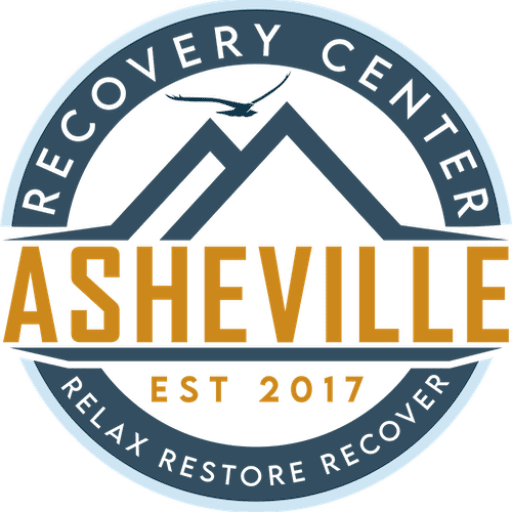
Asheville Recovery Center
Fortunately, there are ways to prevent unhealthy behaviors and help those who are already struggling. If you or someone you know is struggling with addiction or mental health, it is important to get treatment. At Asheville Recovery Center treatment specialists utilize a 12-step program and practice holistic rehabilitation.
Addiction services at Asheville Recovery Center include:
Partial Hospitalization Program – At Asheville Recovery Center we offer a partial hospitalization program for clients who need post-residential treatment as well as for clients who need primary treatment but are unable to enroll in inpatient programs. Our PHP track offers a variety of therapeutic services and benefits to individuals in early recovery from substance addiction.
Outpatient Rehabilitation – During intensive outpatient treatment (IOP), clients live at home or in a sober living residence while completing an addiction treatment program. IOP is a place where clients can process their experiences in twelve-step fellowships and support one another in those individual journeys.
Addiction is difficult to overcome alone. If you feel that you or a loved one is struggling, our specialists are on standby and ready to help. Call and speak with an addiction expert today.
